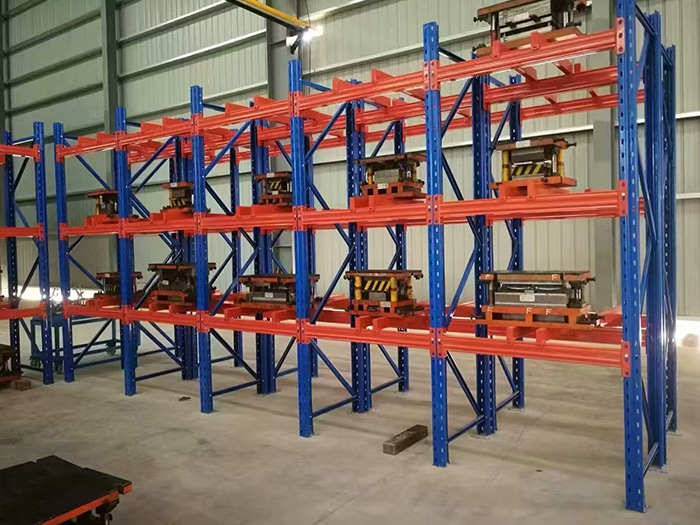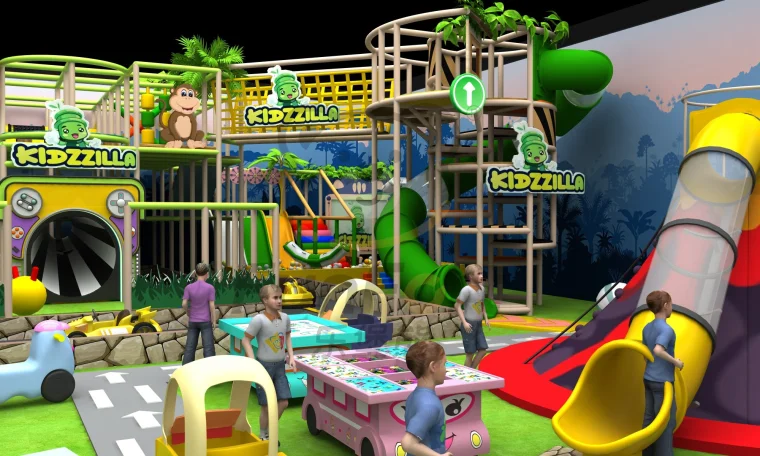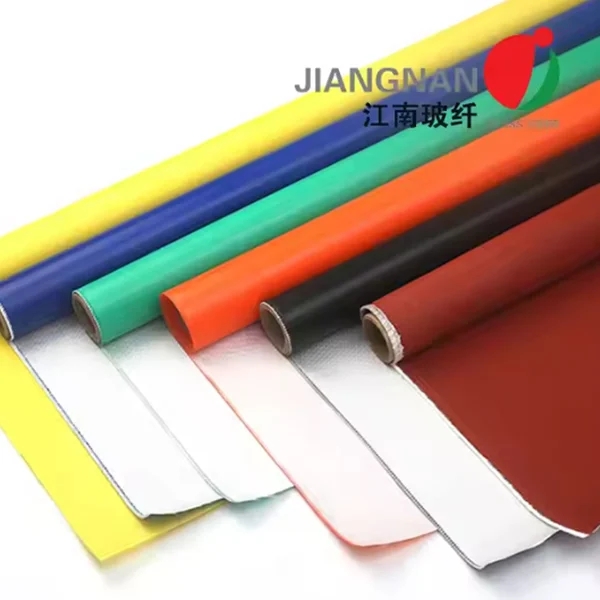The Longevity of Exterior Foundation Waterproofing: What Homeowners Need to Know
When it comes to safeguarding your home from water damage, exterior foundation waterproofing is a crucial step that many homeowners overlook. However, understanding how long this protective measure lasts is essential for maintaining the integrity of your property. In this article, we will delve into the factors that influence the longevity of exterior foundation waterproofing, the different types of waterproofing systems available, and best practices for ensuring your foundation remains protected for years to come.
Understanding Exterior Foundation Waterproofing
Exterior foundation waterproofing involves applying a barrier to the outside of your foundation walls to prevent water intrusion. This process typically includes excavation around the foundation, cleaning the walls, and applying a waterproof membrane or coating. The effectiveness of this waterproofing system is influenced by various factors, including the materials used, the quality of installation, and environmental conditions.
Factors Influencing Longevity
- Material Quality: The type of waterproofing material used plays a significant role in its lifespan. High-quality membranes, such as rubberized asphalt or polymer-modified coatings, can last up to 20 years or more, while lower-quality products may only provide protection for a few years.
- Installation Quality: Proper installation is critical for the effectiveness of any waterproofing system. Hiring experienced professionals who adhere to industry standards can significantly extend the life of your waterproofing. Poor installation can lead to premature failure, regardless of the material used.
- Environmental Conditions: The local climate can also impact the durability of your waterproofing system. Areas with heavy rainfall, freeze-thaw cycles, or high humidity may experience more wear and tear on waterproofing materials, potentially reducing their lifespan.
- Soil Composition: The type of soil surrounding your foundation can affect water drainage and pressure against the walls. Clay soils, for example, retain water and can increase hydrostatic pressure, leading to a higher likelihood of waterproofing failure.
- Maintenance: Regular inspections and maintenance can help identify potential issues before they escalate. Homeowners should periodically check for signs of wear, such as cracks in the foundation or peeling waterproofing materials, and address them promptly.
Types of Exterior Foundation Waterproofing Systems
- Liquid Membranes: These are applied directly to the foundation walls and create a seamless barrier against water. They can last anywhere from 10 to 20 years, depending on the quality of the product and installation.
- Sheet Membranes: These are pre-manufactured sheets that are adhered to the foundation walls. They typically offer excellent durability, lasting 15 to 25 years when installed correctly.
- Bentonite Clay: This natural material expands when wet, creating a waterproof barrier. Bentonite systems can last for decades, but their effectiveness depends on proper installation and soil conditions.
- Drainage Systems: While not a waterproofing solution per se, installing a drainage system can significantly enhance the longevity of your waterproofing efforts by redirecting water away from the foundation. These systems can last indefinitely with proper maintenance.
Best Practices for Extending the Life of Your Waterproofing
- Regular Inspections: Schedule annual inspections to assess the condition of your waterproofing system. Look for signs of damage, such as cracks or mold growth, and address them immediately.
- Proper Landscaping: Ensure that landscaping slopes away from the foundation to promote proper drainage. Avoid planting trees or shrubs too close to the foundation, as their roots can compromise the waterproofing.
- Gutter Maintenance: Keep gutters and downspouts clear of debris to prevent water from pooling around the foundation. Ensure that downspouts direct water at least 6 feet away from the home.
- Addressing Water Issues: If you notice water pooling around your foundation, consider installing a sump pump or French drain to alleviate excess moisture.
Conclusion
In summary, the longevity of exterior foundation waterproofing can vary widely based on several factors, including material quality, installation practices, environmental conditions, and maintenance. By understanding these elements and implementing best practices, homeowners can significantly extend the life of their waterproofing systems, protecting their homes from the damaging effects of water intrusion. Investing in high-quality materials and professional installation, coupled with regular maintenance, will ensure that your foundation remains dry and secure for years to come.


